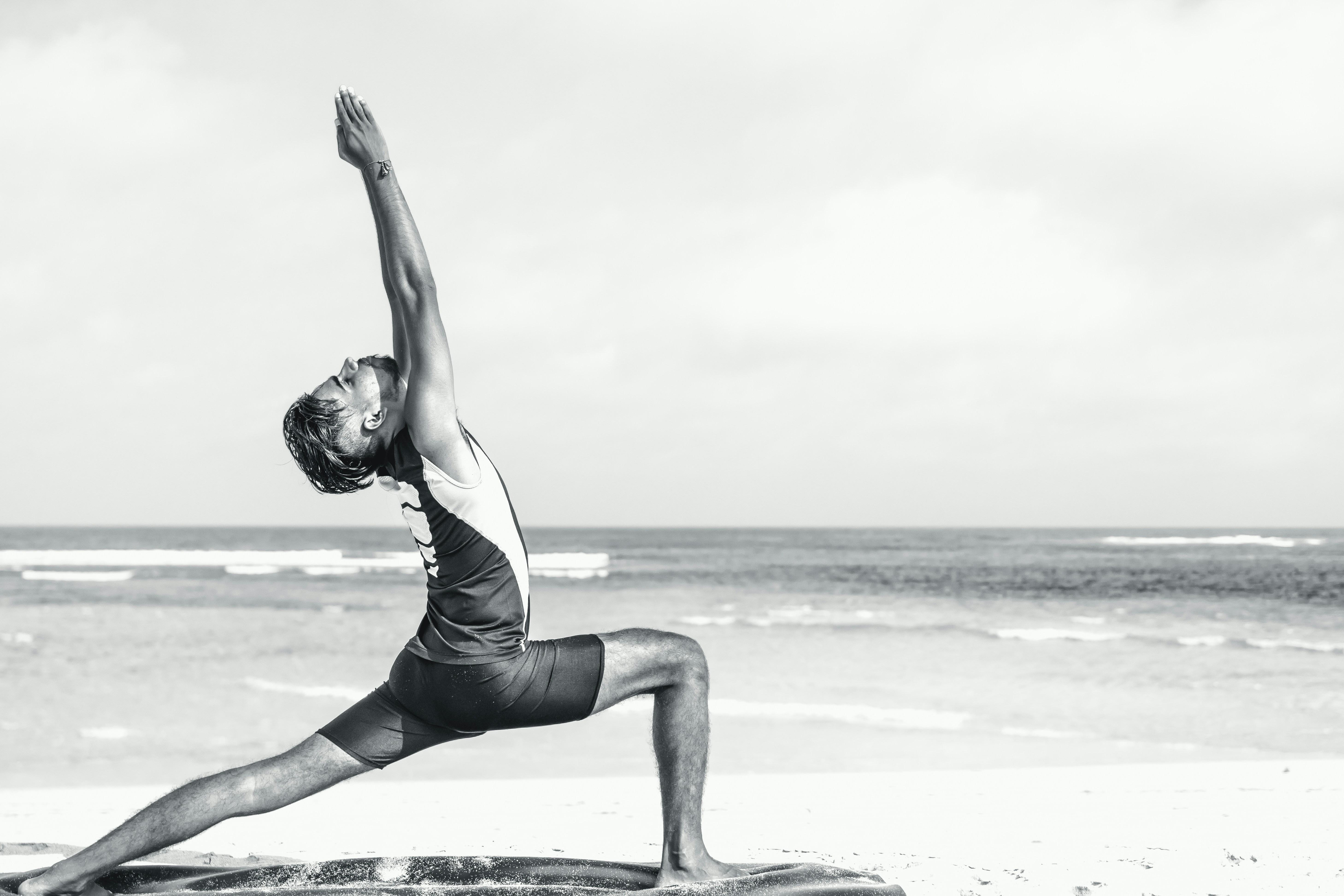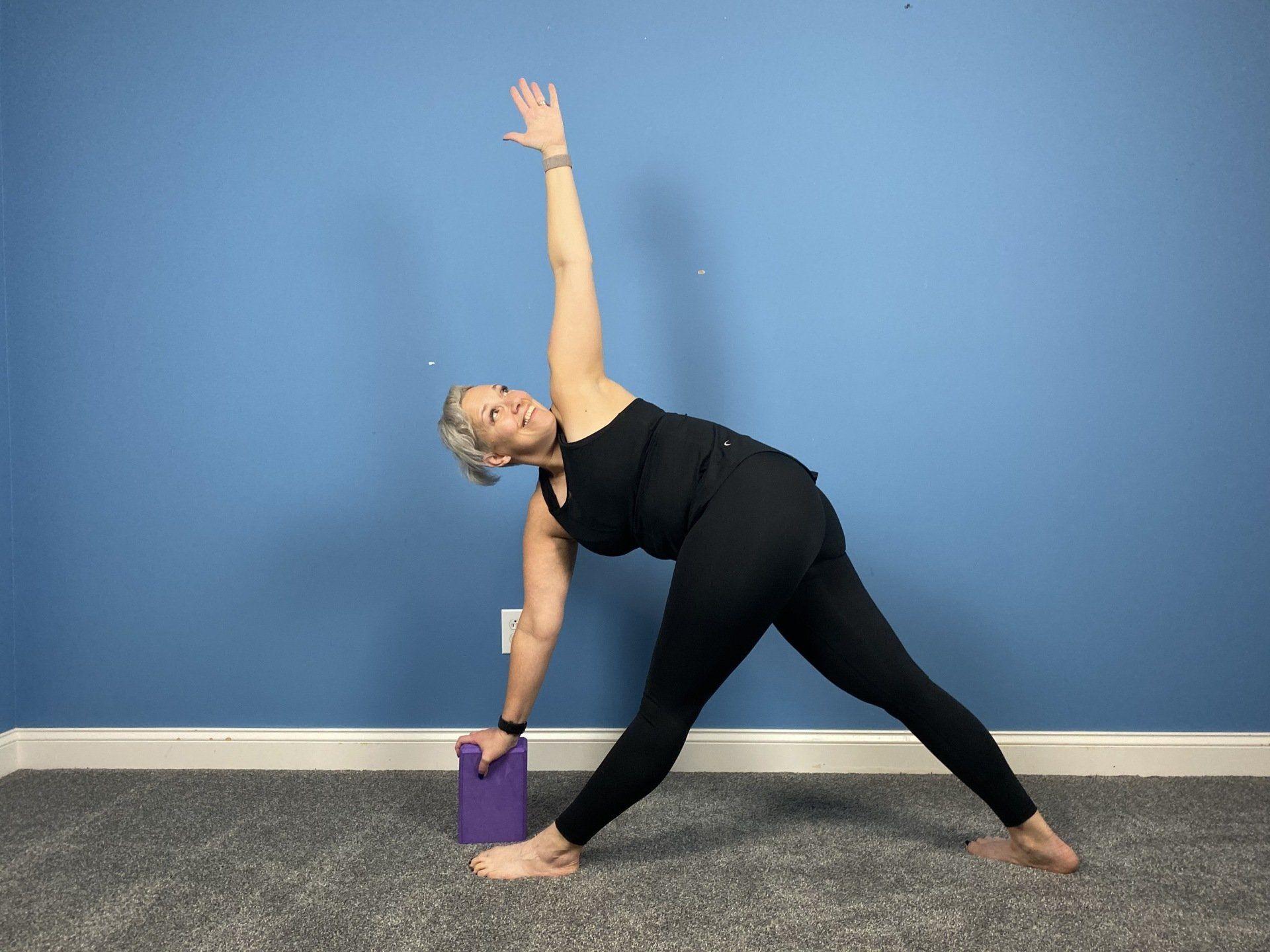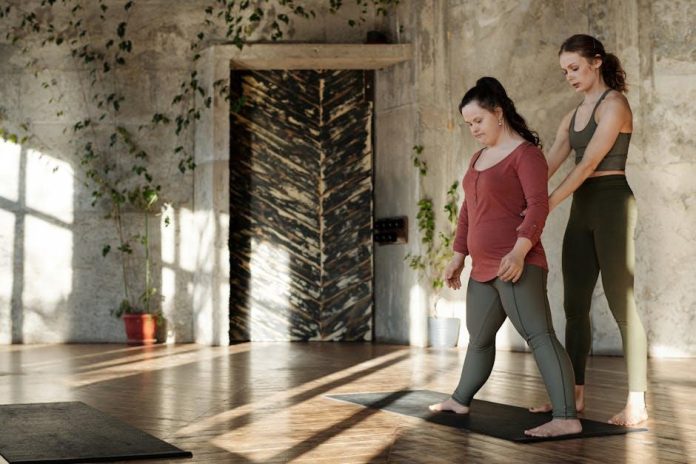In the quiet embrace of a yoga studio, where the hum of deep breaths mingles with the rustle of mats, a question stirs: Can the ancient practice of yoga truly step into the shoes of traditional physical therapy for certain conditions? As healthcare evolves and holistic approaches gain ground, this intriguing intersection invites exploration. Both yoga and physical therapy offer pathways to healing, yet they spring from different roots—one ancient and spiritual, the other modern and clinical. This article delves into the synergy and divergence of these two worlds, seeking to uncover whether yoga can indeed stand as a viable alternative for some, or if its role is better suited as a complementary ally.
Exploring the Intersection of Yoga and Physical Therapy
In recent years, the blending of yoga and physical therapy has sparked intriguing discussions within the health and wellness community. Both practices aim to improve mobility, reduce pain, and enhance overall well-being, but they approach these goals from different angles. Yoga emphasizes a holistic approach, focusing on breath, flexibility, and mental tranquility, while physical therapy is more targeted, often zeroing in on specific injuries or physical limitations. Yet, the synergy between these two can be profound, particularly for conditions such as chronic back pain, arthritis, and postural issues.
- Chronic Pain Management: Yoga’s gentle stretching and mindfulness techniques can complement physical therapy by alleviating tension and promoting relaxation.
- Flexibility and Strength: Incorporating yoga can enhance the range of motion and muscle strength, which are crucial aspects of physical therapy.
- Posture Correction: Both practices offer tools to improve posture, with yoga providing awareness and alignment, and physical therapy offering targeted exercises.
While yoga can be a powerful adjunct to traditional physical therapy, it may not entirely replace it, especially for acute injuries or severe conditions. Instead, a tailored approach that combines the strengths of both disciplines might offer the most comprehensive path to recovery.

Understanding the Therapeutic Potential of Yoga
Yoga, with its ancient roots and holistic approach, has garnered attention for its potential to complement or even substitute traditional physical therapy in some cases. The integration of breathing techniques, meditation, and physical postures offers a multifaceted approach to healing, targeting both the mind and body. This blend can be particularly beneficial for conditions such as chronic pain, anxiety, and mobility issues.
- Chronic Pain Management: Yoga promotes relaxation and reduces stress, which can alleviate pain.
- Improved Flexibility and Strength: Regular practice enhances muscle tone and joint health.
- Mind-Body Connection: Enhances mental well-being, aiding recovery and resilience.
However, it’s essential to recognize that while yoga offers numerous benefits, it may not entirely replace traditional therapy for everyone. The key lies in individual assessment and personalized programs, combining the best of both worlds for optimal recovery and health maintenance.

Comparing Effectiveness: Yoga vs. Traditional Therapy
When evaluating the effectiveness of yoga compared to traditional therapy, several factors come into play. Both approaches offer unique benefits, and their success often depends on the individual’s specific needs and condition. Yoga, with its holistic approach, focuses on flexibility, balance, and mental well-being. It can be particularly beneficial for conditions like chronic pain, stress-related issues, and improving overall mobility. The practice encourages mindfulness and breath control, which can enhance the healing process.
- Benefits of Yoga:
- Enhances mental clarity and relaxation
- Improves flexibility and posture
- Supports stress management
- Benefits of Traditional Therapy:
- Targets specific injuries with precision
- Utilizes evidence-based techniques
- Offers personalized treatment plans
On the other hand, traditional therapy often involves structured, evidence-based techniques aimed at rehabilitating specific injuries or conditions. It is typically guided by a professional who can tailor the treatment to the patient’s exact needs. While yoga can complement therapy by enhancing physical and mental resilience, traditional therapy’s targeted approach remains crucial for certain medical conditions, such as post-surgical recovery or severe musculoskeletal injuries.

Guidelines for Integrating Yoga into Rehabilitation Practices
When considering the incorporation of yoga into rehabilitation practices, it’s essential to follow specific guidelines to ensure safety and efficacy. Yoga offers a holistic approach, blending physical postures, breath control, and mindfulness, which can complement traditional therapies. However, it should be integrated with care, keeping in mind the unique needs of each patient.
- Consultation with Healthcare Professionals: Before introducing yoga, collaborate with doctors and physical therapists to tailor practices that align with the patient’s medical history and rehabilitation goals.
- Customization and Adaptability: Choose poses that can be modified to accommodate injuries or limitations. Props like blocks and straps can be invaluable in ensuring accessibility.
- Mindful Progression: Encourage gradual progression to avoid overexertion. Regularly assess the patient’s response and adjust practices accordingly.
- Focus on Breath and Mindfulness: Incorporate breathing exercises and meditation to enhance relaxation and support mental well-being, which are crucial components of recovery.
By adhering to these guidelines, yoga can serve as a beneficial adjunct to rehabilitation, fostering a comprehensive recovery process that addresses both physical and emotional health.





